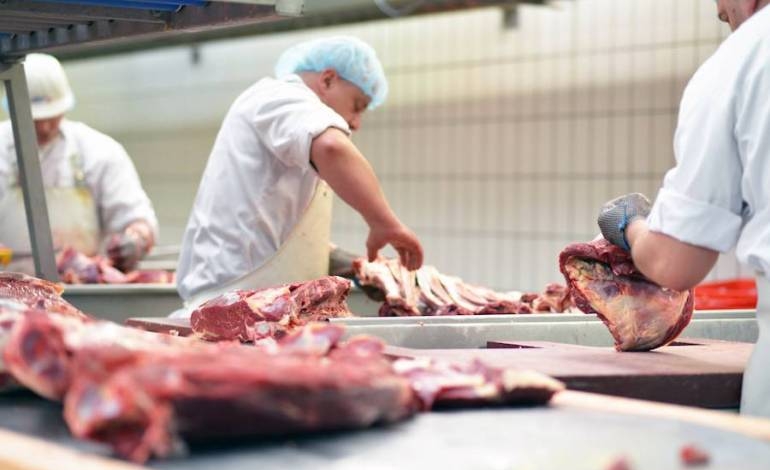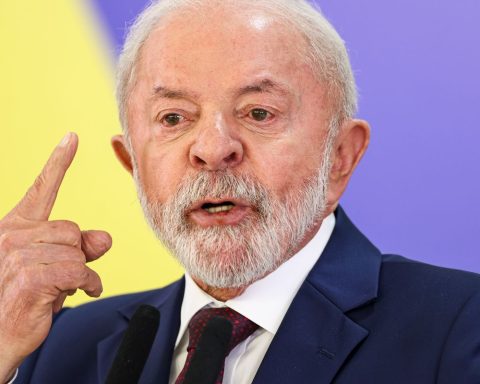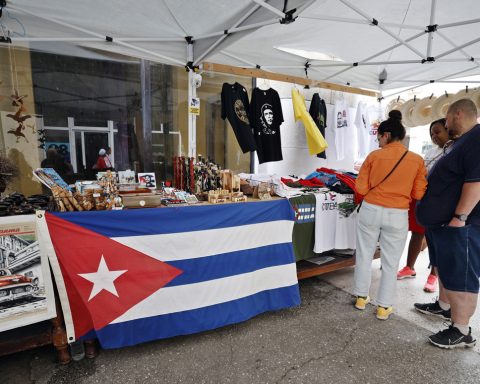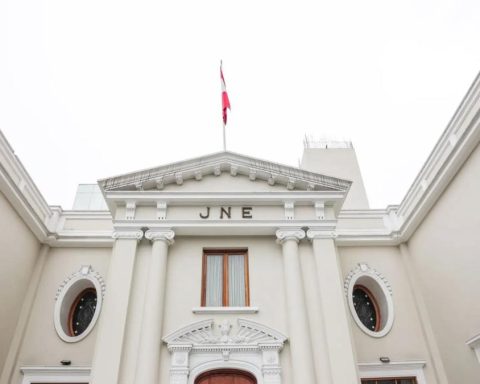The military incursion of the world’s second largest producer of crude oil, after Saudi Arabia, today pushed the price of black gold to 104.37 dollars, a figure not seen since 2014, when it reached 111.80 dollars, although not yet it is at the maximum levels of 2008, when it reached 132.32 dollars a barrel.
Brent, a benchmark in Europe, started the session on the International Exchange Futures at $102.48, up 5.5% from the previous day’s close.
Experts anticipate that oil may continue its upward trend, with a large impact on global energy prices due to concerns about supplies.
In addition to being a major oil producer, Russia is the world’s largest exporter of natural gas.
The foreseeable rise in fuel prices will add more financial difficulties for citizens, who are already facing a rise in energy as demand increases as economies reactivate after the stoppage caused by the pandemic, according to experts.
The Russian invasion pushed down major stock markets, including London, where the FTSE-100 index of the largest listed companies began the session down nearly 3%.
Gold, on the other hand, a refuge for investors when there are global crises, was trading with an upward trend. An ounce of spot gold rose 1.8% to settle at $1,941.
THE UPWARD TREND WILL BE MAINTAINED
Analyst Neil Wilson, head of the market at the firm Markets.com, told Efe today that “there are still no signs of a top, but we are entering levels of demand destruction,” due to fears about short-term supplies. for the crisis.
This analyst anticipated that Brent could soon touch 110 dollars due to the “fear factor”, but much will depend on the scope of the sanctions that are imposed.
As Susannah Streeter, an investment market analyst at the Hargreaves Lansdown firm, told Efe, oil prices are likely to remain very high, although she believes that a nuclear agreement with Iran could ease the pressure, if that country could increase exports. .
The chief investment officer at firm Interactive Investors, Victoria Scholar, noted that “the energy sector is soaring with UK natural gas futures rising almost 30%, while Brent crude has aggressively broken through psychological resistance at 100%. dollars a barrel with an increase of 7%, reaching the highest level since August 2014”.
This analyst believes that prices may continue to rise as markets assess the impact on energy supply, with the potential for oil prices to reach $110 or even $120 a barrel.
It is estimated that a third of the oil and 40% of the gas that Europe receives comes from Russia, mainly through oil and gas pipelines that cross Ukrainian territory.
Analysts point out that, in addition to energy prices, food prices will register sharp increases, given that both Russia and Ukraine are major exporters, which will force many countries to seek alternative sources.
The military incursion and new sanctions that Western countries may impose on the Kremlin may disrupt the supply of raw materials and agricultural products from Ukraine and Russia, they note.
Specifically, the two countries are major exporters of wheat, accounting for 29% of global exports, which largely depart from Black Sea ports.
In addition, Russia is a producer of aluminum, cobalt, fertilizers, gold, diamonds, nickel, platinum, steel, and copper.















